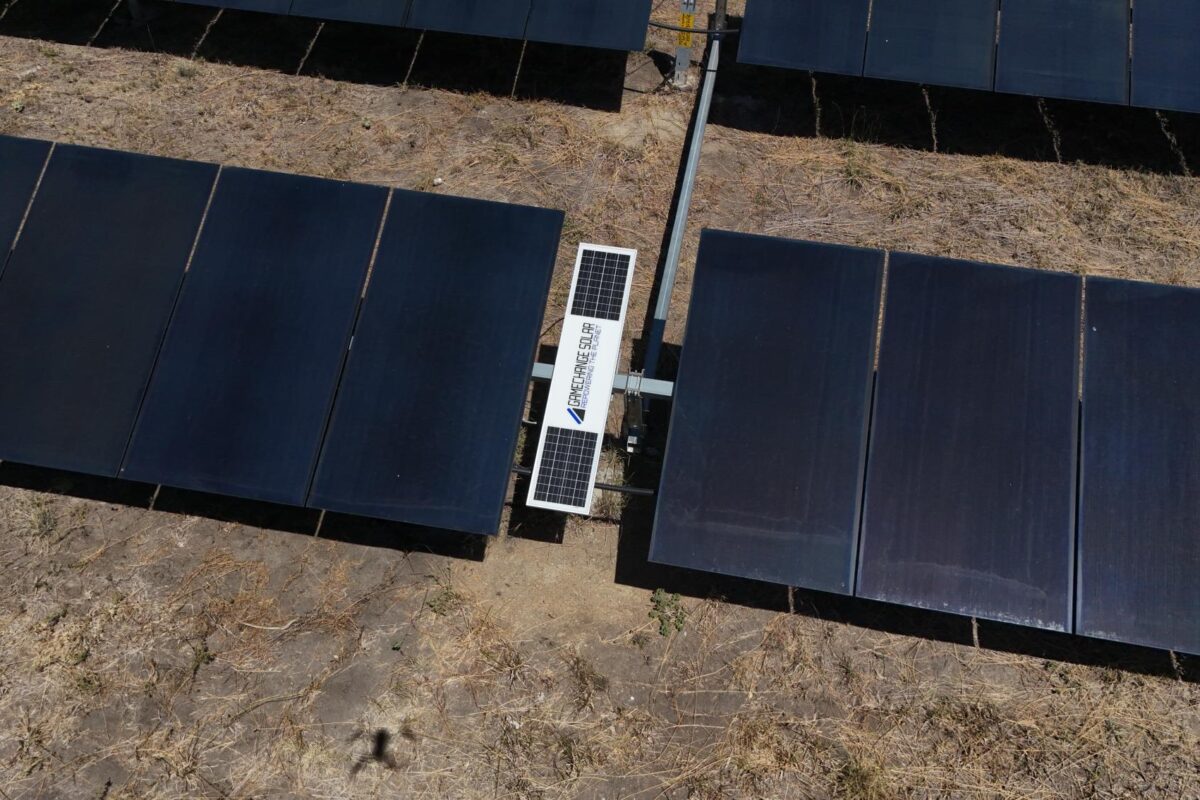Transitioning to electric vehicles (EVs) will require a cumulative capital investment of US$ 266 billion (INR 19.7 lakh crore) across EVs, charging infrastructure, and batteries over this decade in India, according to a report by government thinktank NITI Aayog and Rocky Mountain Institute (RMI)
Taking a weighted average of future sales, the report said EVs could account for 70% of vehicle sales across passenger and freight segments in 2030. The analysis is based on the forecasted cost competitiveness and expert interviews.
The report arrived at the EV transition cost by considering the cumulative cost of vehicles, EV equipment supply hardware, and batteries (including replacements) between 2020 and 2030 for this EV adoption scenario.
The report also identifies a $50-billion (INR 3.7-lakh crore) market for EV financing in 2030—about 80% of the current size of India’s retail vehicle finance industry, estimated to be worth about Rs 4.5 lakh crore (US$ 60 billion).
“The need of the hour is to mobilize capital and finance towards EV assets and infrastructure,” said Amitabh Kant, CEO, NITI Aayog. “As we work to accelerate domestic EV adoption and push for globally competitive manufacturing of EVs and components such as advance cell chemistry batteries, we need banks and other financiers to step up to lower the cost and increase the flow of capital for EVs.”
The report states that India’s EV ecosystem has so far focused on overcoming hurdles to adoption associated with technology cost, infrastructure availability, and consumer behaviour.
It identifies financing as the next critical barrier to accelerate India’s electric mobility transition. End users currently face several challenges such as high interest rates, high insurance rates, and low loan-to-value ratios, it adds.
To address these challenges, the report proposes ten solutions that financial institutions such as banks and non-banking financial companies, as well as the industry and the government, can adopt in catalyzing the required capital.
Recommendations
“Re-engineering vehicle finance and mobilizing public and private capital will be critical to accelerating the deployment of the 50 million EVs that could be plying on India’s roads by 2030,” said Clay Stranger, Senior Principal, Rocky Mountain Institute.
“The solutions [presented in the report] represent high-leverage areas for interventions in finance, and we believe that many are relevant beyond India.”
The report proposes financial instruments such as priority sector lending and interest rate subvention. It also highlights the need for creating better partnerships between original equipment manufacturers (OEMs) and financial institutions by providing product guarantees and warranties. Furthermore, a developed and formal secondary market can improve the resale value of EVs and improve their bankability.
Recommendations beyond finance include digital lending, business model innovation, fleet and aggregator electrification targets, and the creation of an open data repository for EVs.
This content is protected by copyright and may not be reused. If you want to cooperate with us and would like to reuse some of our content, please contact: editors@pv-magazine.com.









By submitting this form you agree to pv magazine using your data for the purposes of publishing your comment.
Your personal data will only be disclosed or otherwise transmitted to third parties for the purposes of spam filtering or if this is necessary for technical maintenance of the website. Any other transfer to third parties will not take place unless this is justified on the basis of applicable data protection regulations or if pv magazine is legally obliged to do so.
You may revoke this consent at any time with effect for the future, in which case your personal data will be deleted immediately. Otherwise, your data will be deleted if pv magazine has processed your request or the purpose of data storage is fulfilled.
Further information on data privacy can be found in our Data Protection Policy.